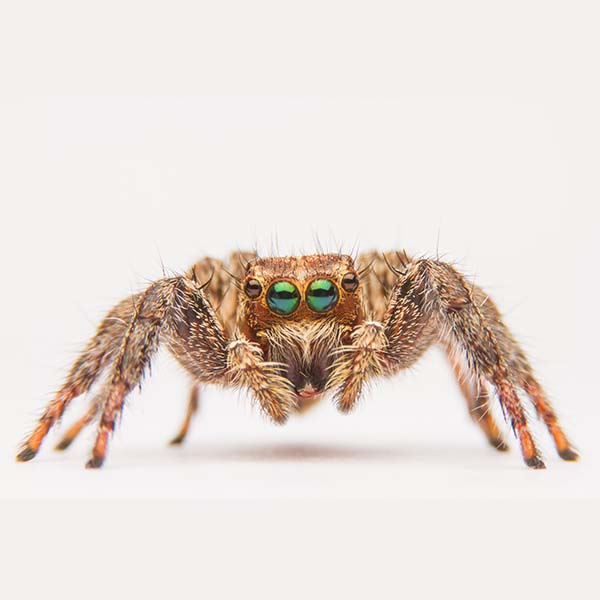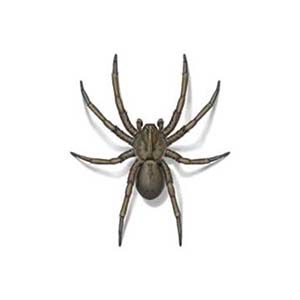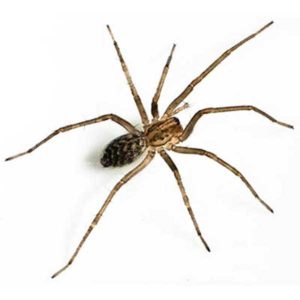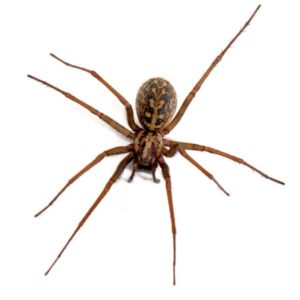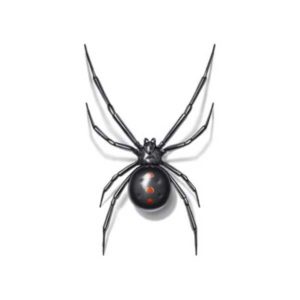Jumping Spiders in the Pacific Northwest
Jumping spiders are one of the most common spiders in the Pacific Northwest. They can be identified by their small size, front-facing eyes, and iridescent fuzz on their legs. Though they are extremely fast and commonly active during the day, jumping spiders are not toxic or aggressive toward humans. These spiders are typically found outdoors, beneath rocks or in woodlands and gardens. Since jumping spiders are so small, though, they are often transported indoors on clothing or plants. Once inside, they tend to hide in tiny spaces including cracks in the flooring, crevices in the wall, and nooks beneath or around furniture.
Jumping Spider Habitat
Jumping spiders prefer to dwell in small spaces that are tucked away. Outdoors, they are often found beneath stones, in bushes, or in the crevices of tree bark. Indoors, jumping spiders look for similar areas – such as under furniture, inside indoor plants, or in tiny cracks. Since jumping spiders hunt their prey rather than catching it in a web, they are constantly on the move and do not dwell in their web like other spiders. Instead, they spin thick funnel-shaped webs that they use as a “retreat”. These webs are often abandoned the same day they are created, which means an infestation could result in numerous empty webs throughout a home.
Jumping Spider Behaviors, Threats, or Dangers
Jumping spiders are most active during the day, and they are typically antisocial creatures. These spiders are not aggressive toward humans, and usually only bite if they feel threatened – though they are not poisonous to humans. As their name implies, jumping spiders are most known for their powerful leaping abilities, which they use to hunt prey rather than catching it in webs. Instead, they use their webs as a temporary haven, which they usually abandon within days. As a result, an infestation could lead to dozens of webs all around the house. Because these spiders are so active, it is a good idea to contact a professional spider exterminator if you suspect an infestation.

